Mushrooms are a popular recipe ingredient, but what do you know beyond this? The world of mushrooms is vast, a little wild, often bizarre, and always fascinating. These fungi facts have us awestruck, wondering how this one kingdom produces so many astounding phenomena.
1. The largest living organism in the world is a honey mushroom. Nicknamed the “Humongous Fungus“, this fungi is located in Malheur National Forest in Oregon (USA). This single organism covers 3.5 miles (2385 acres). It is thought to be around 2400 years old but could be much older.
Most of the honey mushroom is underground, so while you can visit it, you won’t see the actual mycelial mass underground. During the fruiting season, though, the mushrooms appear above ground.
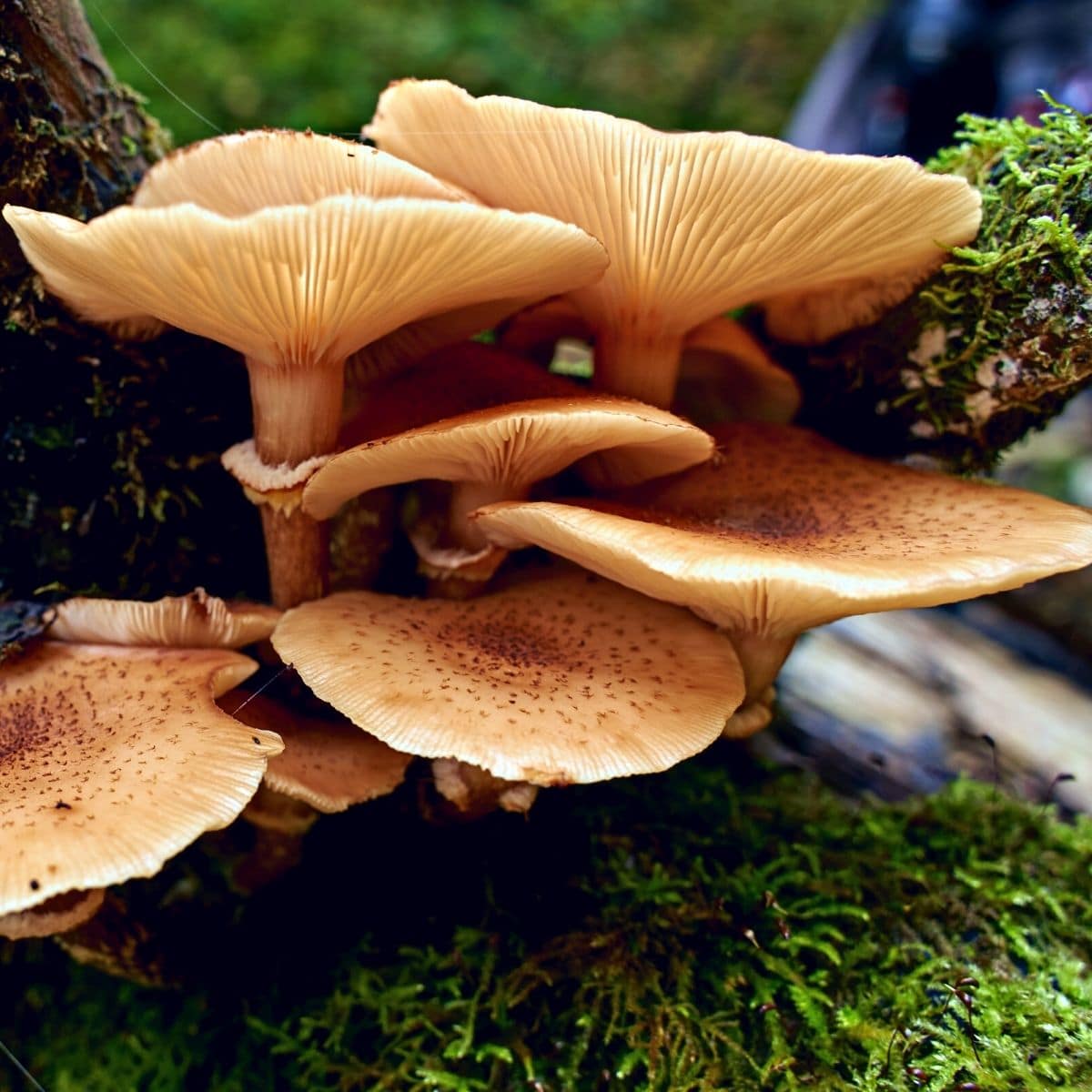
2. Fungi are closer to humans than plants are, genetically speaking. Scientists used to think fungi were more like plants, and to this day, most people still assume this is true. However, more recent discoveries show that fungi are closer to animals.
- Fungi need water, food, and oxygen to survive. They utilize their mycelial mass to absorb the nutrients they need.
- Fungi take nutrients from organic matter, like people. Plants, on the other hand, produce food through photosynthesis.
- Fungi contain chitin in their cell walls, a naturally occurring polymer that is used as a building material. Many insects, crustaceans, and worms also produce this material. Plants do not have chitin.
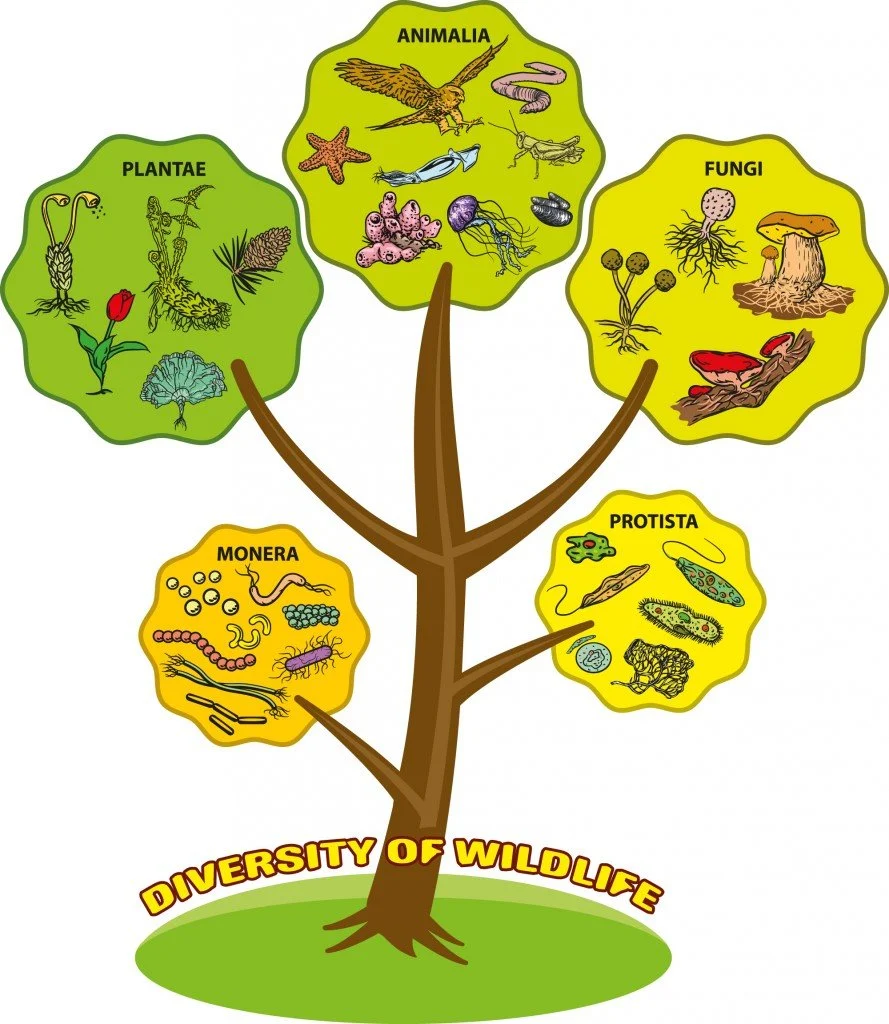
3. Mushrooms are the fruit of a fungus. The main body of a fungus is underground or in the tree (if it is growing on a tree). The mushroom we see is only the fruiting part of the organism – the fungi when it “blooms.” Usually, the portion we see is 5% or less than the actual dimensions of the organism.
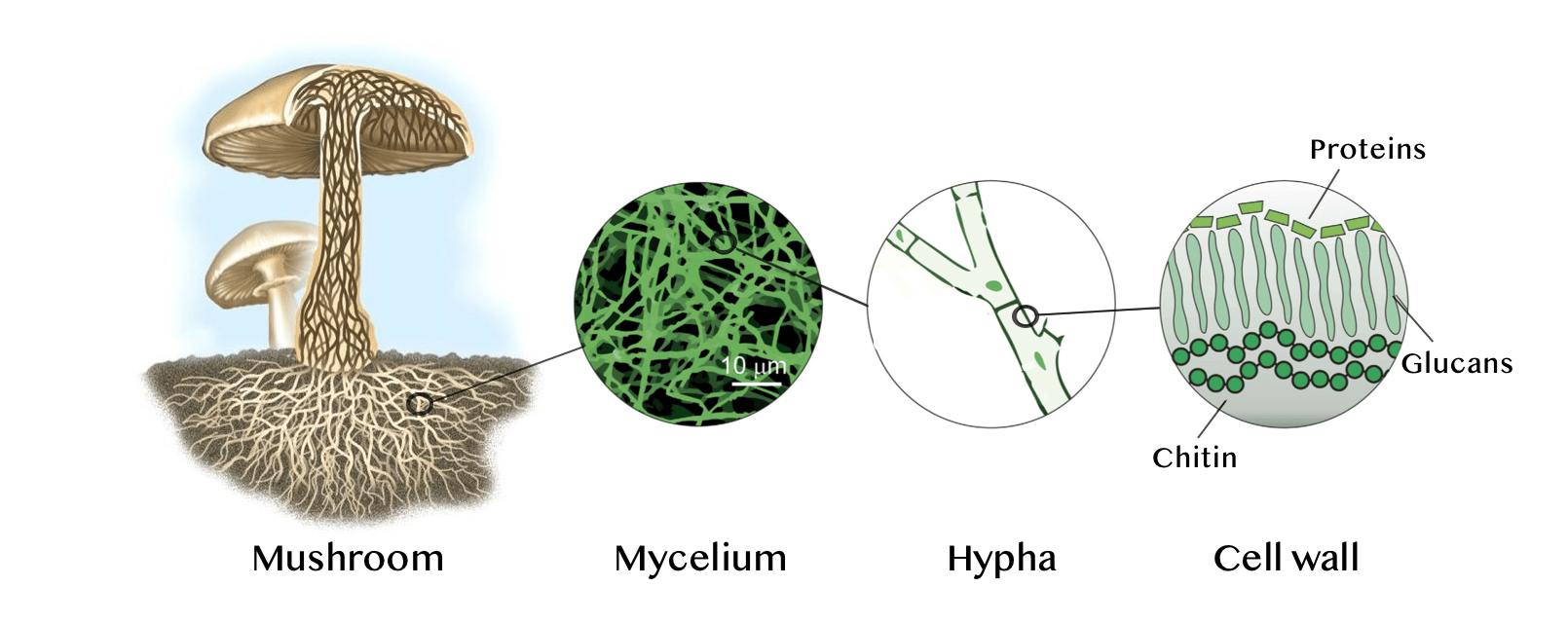
4. Trees talk to each other through fungal networks. This one is truly incredible and astounding. The main body of a fungus is comprised of mycelium and is underground. Fungi use their vast mycelium network to connect to tree roots – this connection might be parasitic, mutualistic, or symbiotic. The relationship depends on the specific trees and fungi.
Fungi establish this vast network as a means to source nutrients, water, and minerals. They do it to serve themselves and their own growth and proliferation.
However, many tree species take advantage of this vast underground network to serve their own needs. They use the WWW (Wood Wide Web to transmit information and nutrients to each other. “Mother” trees send nutritional help to younger trees. And they send warnings about pests, diseases, and environmental factors.
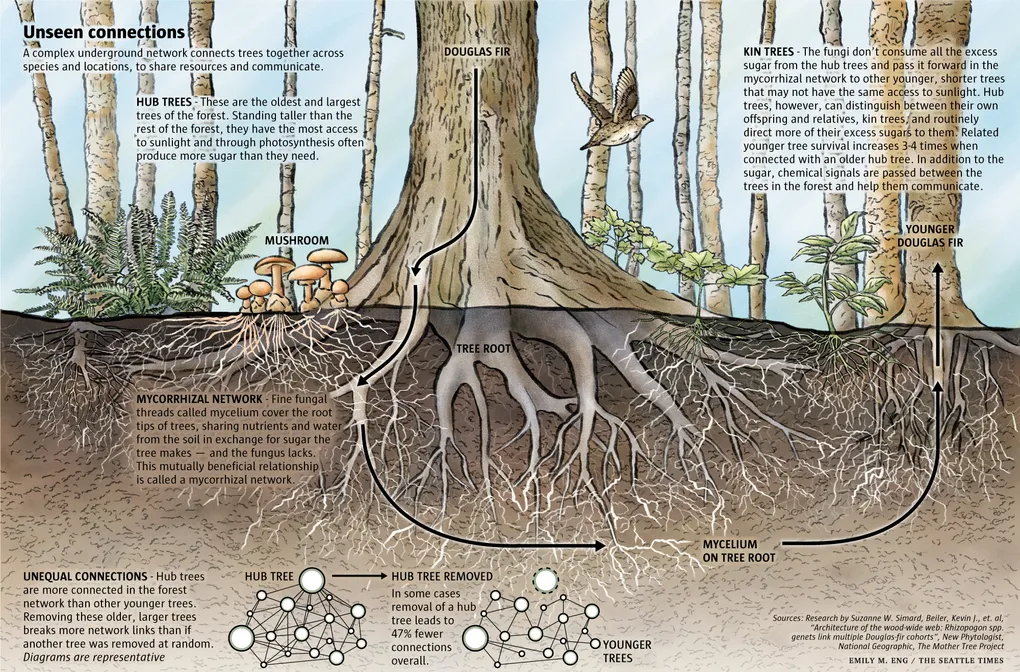
5. Some fungi glow in the dark. There are about ninety species of fungi that glow in the dark to some extent. Many are a soft glow, not a huge bioluminescent shine, but still very cool to see nonetheless.
Fungi evolved this bioluminescence to attract insects that will land on them and, in the process, get spores on their bodies. As the insects fly around, they spread the mushroom spores to new locations.
In 2021, scientists learned of a mushroom in northeastern India that locals used as a natural torch while walking in the forest. These “electric mushrooms” were tiny and grew on dead bamboo. The species was new to science and is named Roridomyces phyllostachydis.

6. Some mushrooms make incredible natural dyes. Making dyes with mushrooms is not new, but it got left behind when modern dying became the trend. People are rediscovering the wonders of mushrooms in creating dyes, with amazing creation. The mushrooms are either used on their own or mixed with solvents like ammonia.
- Oysters mushrooms produce a grey-green
- Hen of the woods produces an orange
- Puffballs create rust red
- Chanterelles turn cloth a muted yellow
- Lobster mushrooms produce a bright pink
- Reishi gives a rust color.
7. Fungi can be dormant for many years. The underground mycelium will go into “hibernation” if the weather conditions aren’t right for them to produce mushrooms. It can be for just a few years or decades.
8. There are around 2,100 edible mushrooms in the world. This is in comparison to the 14,000+ species that exist. Of all the edible species, only about 30 are grown or able to be grown commercially.
9. One of the most expensive edible mushrooms in the world grows from a parasitized caterpillar. Ophiocordyceps sinensis, also known as the caterpillar fungus, yartsa gunbu (Tibetan), and Himalayan Viagra, can go for $2,000 an ounce. This only applies to wild harvested specimens, and its demand is causing some havoc in Tibet, where it grows.
Locals overharvest because of the massive price tag. There have even been some murders associated with the harvesting and territories. The demand is driven by cultures that see it as a status symbol or seek the medicinal or Viagra attributes.
This fungus is bizarre in that it parasitizes a host caterpillar and then grows its fruiting mushroom body out of the caterpillar’s head. Yeah, that’s for real! Ophiocordyceps sinensis can be commercially cultivated without the caterpillar sacrifice, but commercially cultivated specimens are said not to be as potent as wild collected ones.
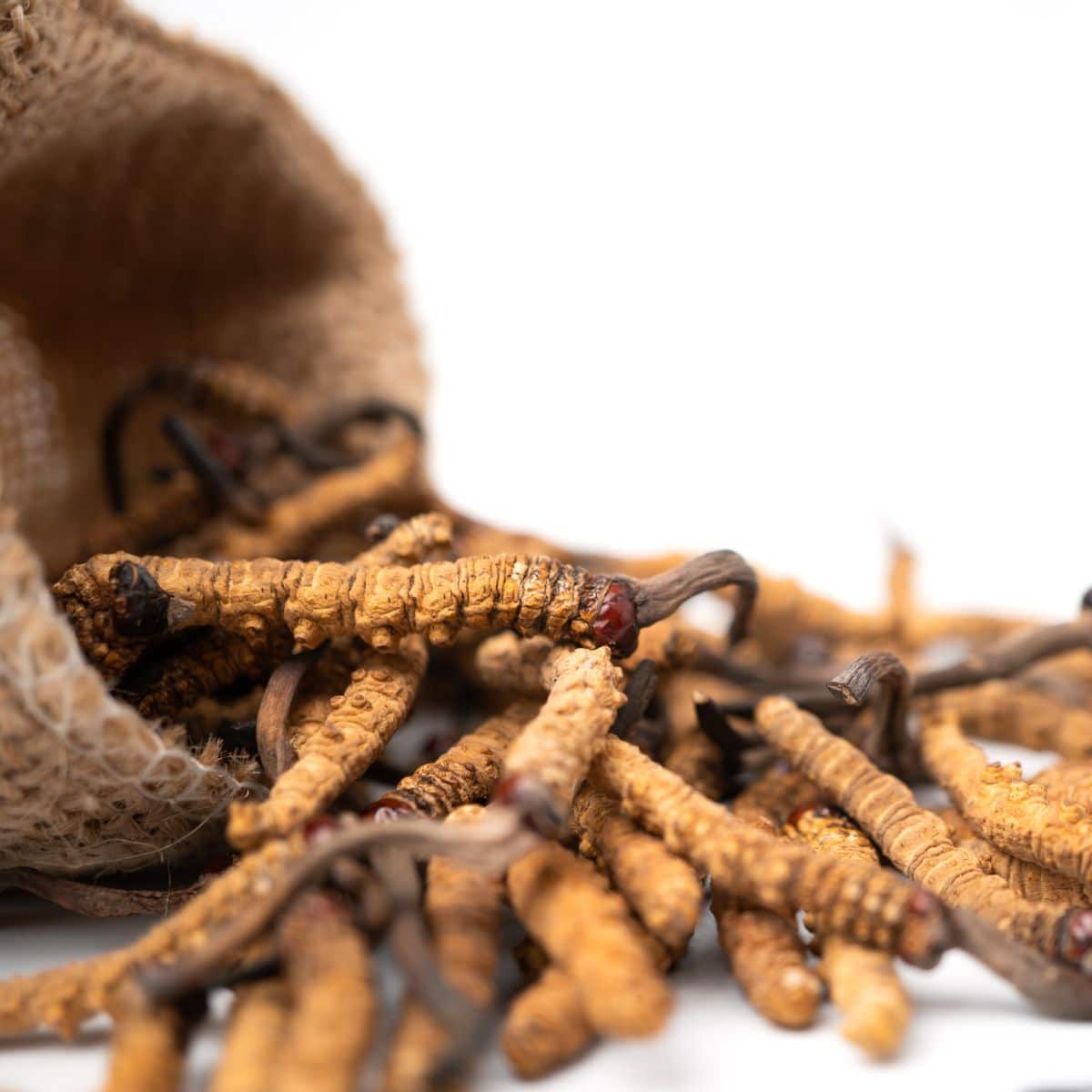
10. Cremini, button (white), and portobello mushrooms are all the same species. Supermarkets have us all thinking we’ve got some mushroom variety, but the only difference between these three mushrooms is their age and color. They are all versions of the same species, Agaricus bisporus.
Cremini mushrooms (with the brown caps) are baby Agaricus bisporus. All baby buttons used to be brown, but a grower had a white one show up one day, so he saved and bred it to create a white strain. The white buttons are just albino Agaricus bisporus. Portabello mushrooms are adult Agaricus bisporus. Growers let them reach their full maturity before picking.
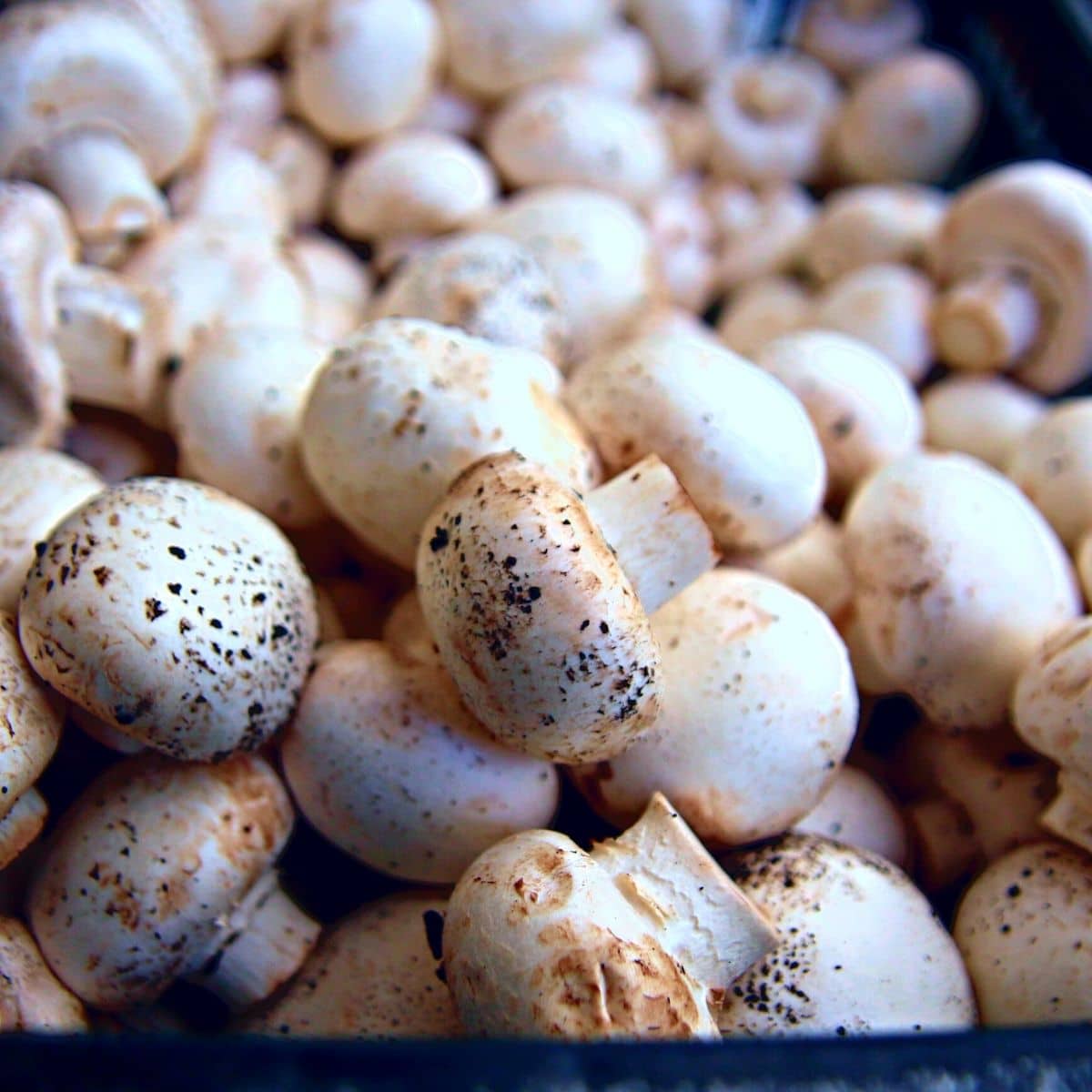
11. Several fungi species can digest plastic. Research is continuing to figure out how to apply this incredible feature in a large-scale way, but it’s still in its infancy. The fungi take a long time to eat the plastic and only eat small amounts at a time. The true potential of this process is still to be figured out – we’ve created a lot of plastic trash!
12. Mushrooms and toadstools are the same things. Read more about the complications of common language here: What is a Toadstool?
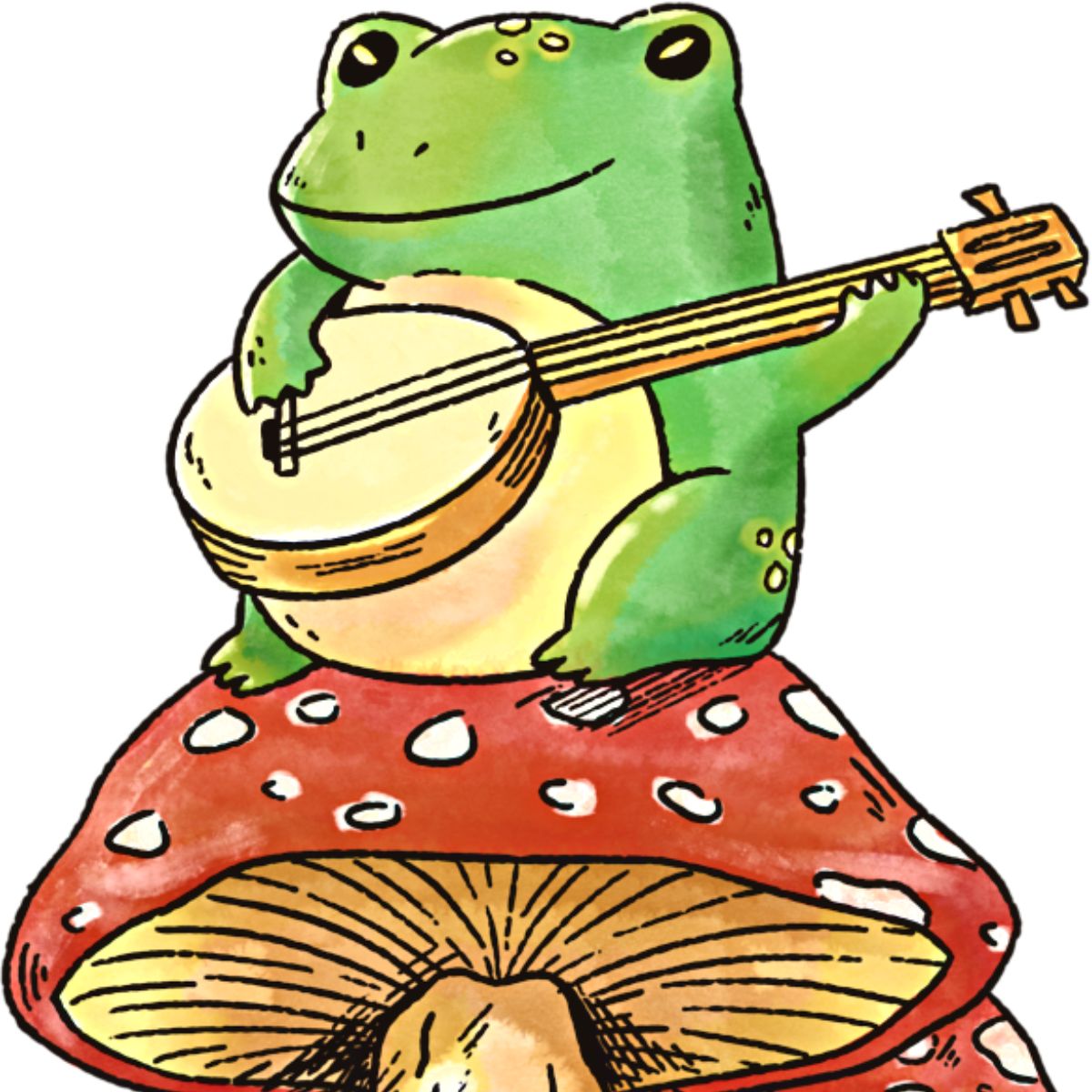
13. Fungi use has a VERY long history. Otzi, the iceman discovered frozen in the Italian Alps, was carrying two fungi on his person: Birch polypore and tinder polypore.
Birch polypores (Piptoporus betulinus) have medicinal uses – taken internally, it is thought to remove intestinal parasites. Fresh birch polypore is also antiseptic and applied topically will disinfect wounds. The tinder polypore (Fomes fomentarius) was used to start and carry fire.
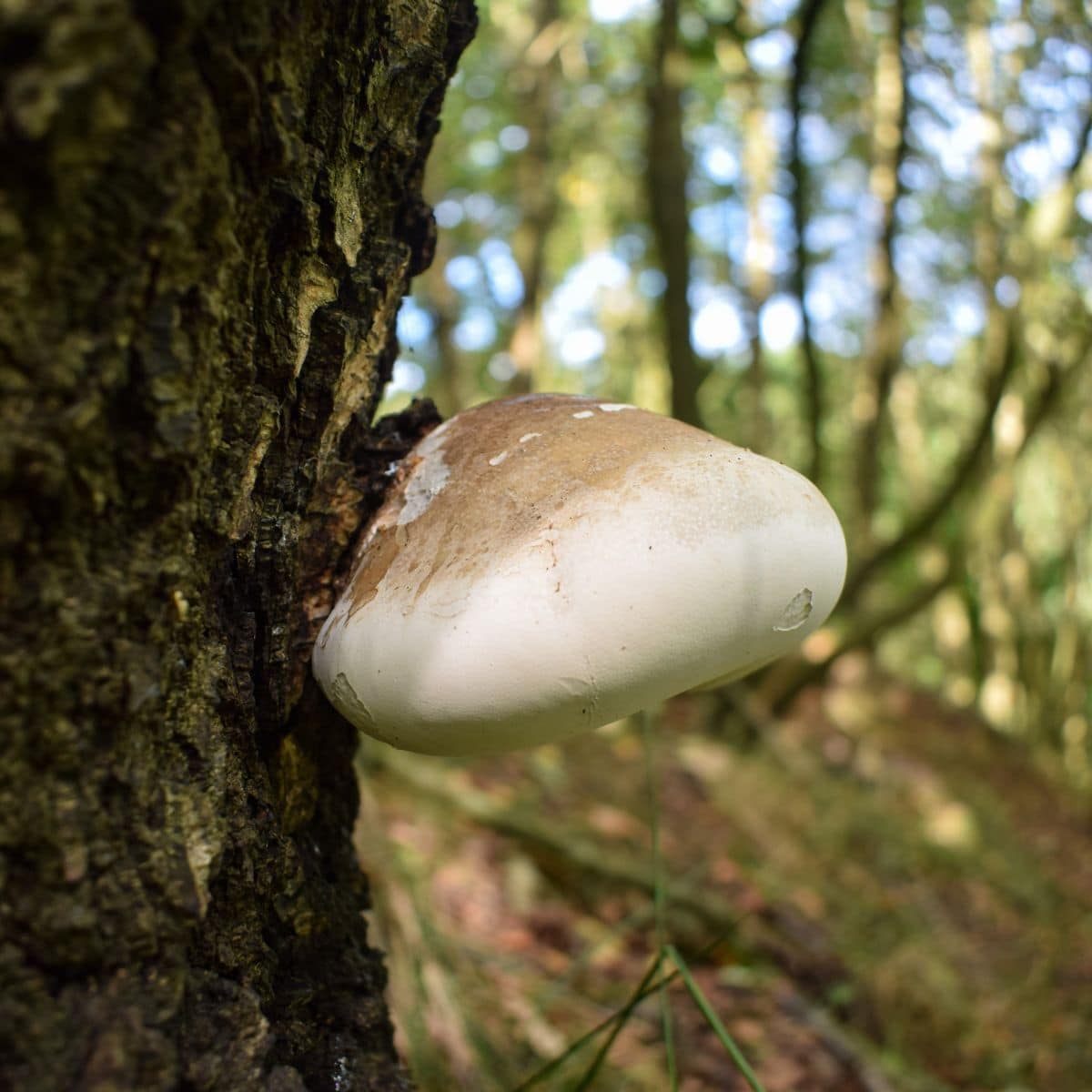
14. Lighting strikes multiply mushroom growth. It sounds bizarre, but researchers have confirmed that this belief held by Japanese mushroom cultivators is real. The mushroom that increased the most through artificial indirect lightning strikes was shiitake. Being hit by lightning can double a shiitake crop!
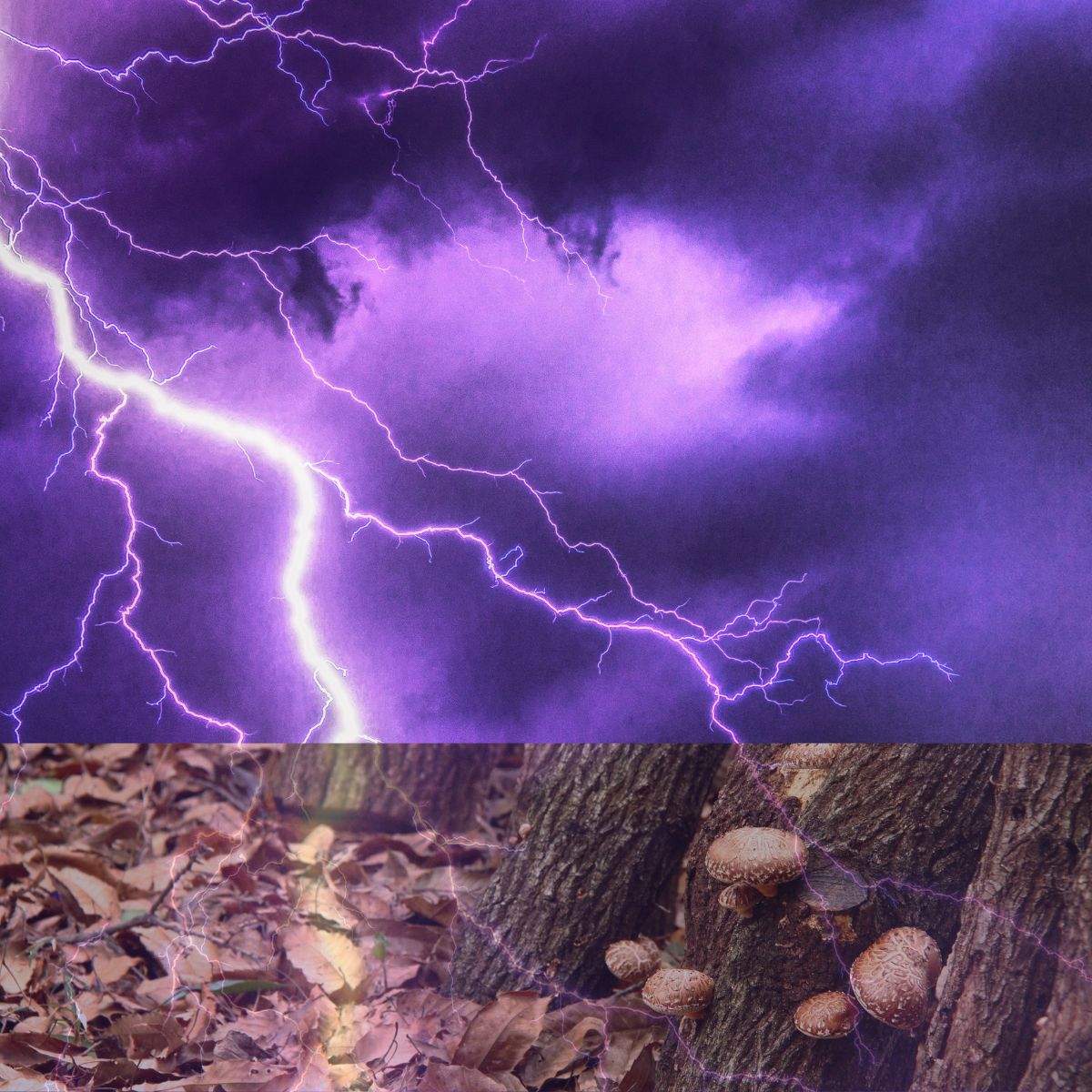
Which of the fungi facts did you find most astounding?






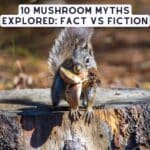
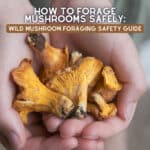
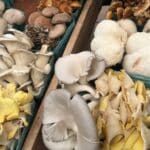

Leave a Reply